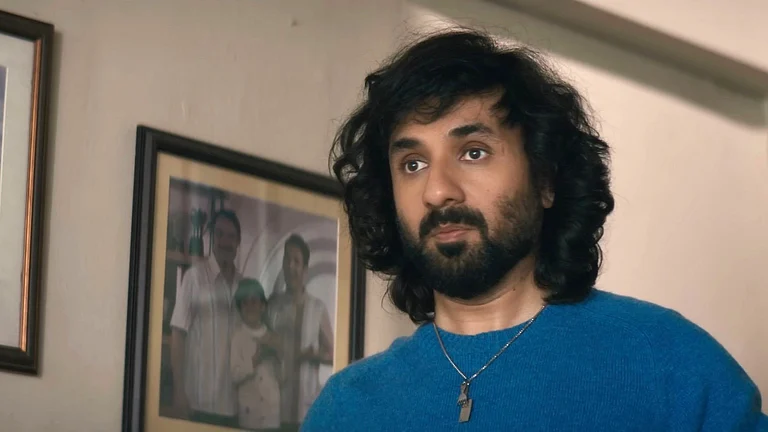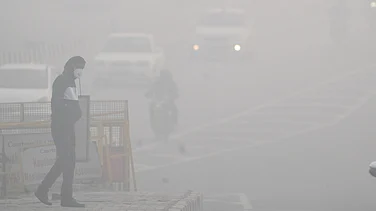A 16-year-old girl was brutally murdered by her alleged boyfriend in a busy lane in northwest Delhi’s Shahbad Dairy area on May 28. A video of the gruesome attack has sent shockwaves across the country, but what was more shocking was that it took place as onlookers and passersby watched the girl being stabbed more than 20 times, kicked repeatedly and bludgeoned with a cement slab even after she fell to the ground. No one stopped the man.
Internet users, sharing and reacting to the CCTV footage of the incident on social media platforms, criticised Delhi’s law and order situation but they also questioned why of all the people that passed through the street and watched the man attack the girl did not intervene.
This is not the first incident where bystanders remained mute spectators to violence unfolding in full public view. In October last year, a young man was killed on a busy weekend evening in the bustling colony of Sunder Nagri in Delhi. A month before that, a grainy video of a young woman from a village in Moradabad, Uttar Pradesh, walking for nearly two kilometres naked, battered, bruised and bleeding, after being gangraped, went viral on social media. Why did no one try to save the young man or shield the woman and help her get home?
The incident brings to light what is called the ‘bystanders effect’.
Origin
Bystander effect or bystander apathy refers to a social psychological theory where individuals witnessing an incident are less likely to offer help to a victim in presence of other people. The term was first proposed in 1964 following the murder of Kitty Genovese in Queens, New York City.
An article published in the New York Times, claimed that 38 witnesses saw or heard the attack but no one called the police or came forward to help. Inquiries prompted by the incident gave birth to what came to be known as the ‘bystander effect’.
The term was then popularised by social psychologists John M. Darley and Bibb Latané in 1968 after a series of experiments.
Psychologists say that because there are other observers, individuals do not feel as much pressure to take action as the responsibility to act is thought to be shared among all those present there.
When other observers fail to react, individuals often take this as a signal that a response is not needed or not appropriate, PTI reported citing Manoj Kumar Sharma, a clinical psychologist at the National Institute of Mental Health and Neuro Sciences (NIMHANS).
The Urge to Record Rather Than Help
Although the video of the latest incident was caught on CCTV, in most cases of attacks in public view, there is always a person who takes out their phone to record the incident before they approach the victim to help or intervene.
Experts say that while a passive watcher’s gaze signifies inaction, the audacity of filming a violent crime as well as the sheer lack of empathy, and this has been exacerbated by the access to social media. The hunger to be recognised on social media often defeats the urgency to help.
Forensic psychologist Deepti Puranik, speaking to PTI, said that the easy accessibility of technology in the form of smartphones has enabled people to readily make videos and upload them on social media in order to get maximum likes to become popular. In the competition to get maximum likes, individuals have lost their sense of right or wrong, she noted.
To Act Or Not To Act
It is not always true that bystanders do not care for those in distress. According to the research by John M. Darley and Bibb Latané, they also go into a series of deliberations before they decide whether or not to intervene. These decisions include:
1. Noticing the attack
2. Determining whether or not it is an emergency
3. Gauging whether they are personally responsible for acting
4. Deciding on how to approach or intervene
5. And then, finally, to act on it.
In most cases, the lack of even one of these causes the individuals witnessing an attack to hesitate and not intervene.
Experts believe that there is a need for sensitisation and building awareness at the grassroots level. Critical discussions on gendered roles, masculine power and state support to criminals are needed in order to be able to address violent incidents of similar nature.


























